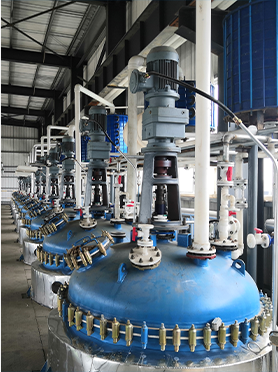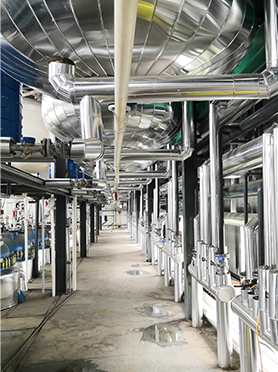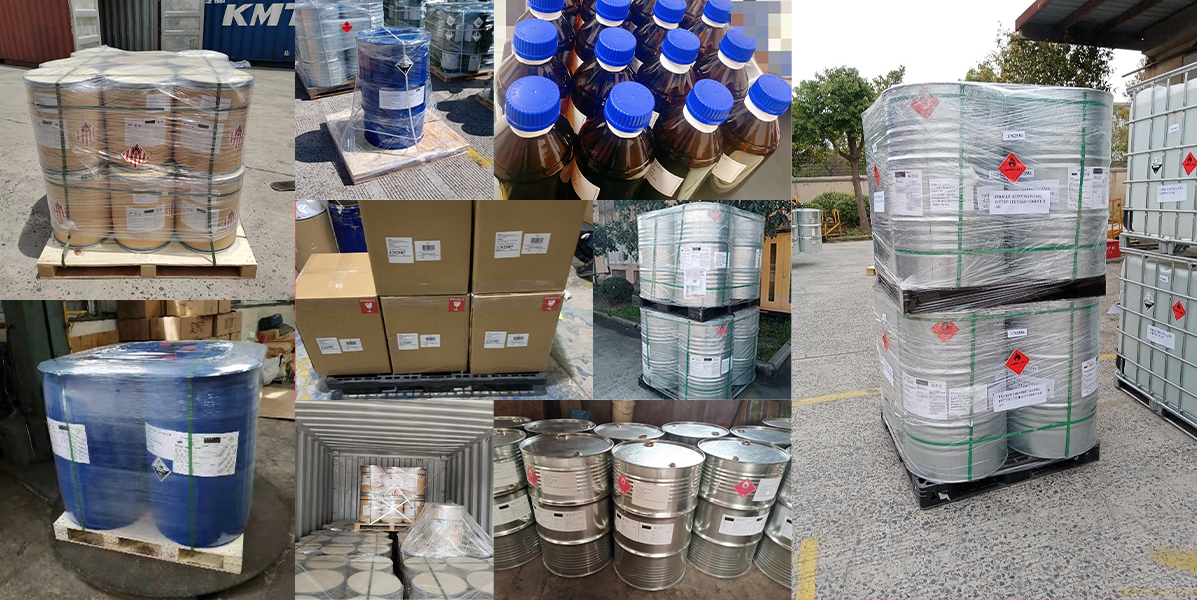The world of water treatment chemicals is vast, with various polymers designed for specific applications. Among the most common and effective are polyacrylamides (PAMs), which are broadly categorized into anionic, cationic, and nonionic types based on their charge. For procurement managers and R&D scientists, understanding the distinctions between cationic vs. anionic polyacrylamide is crucial for selecting the most effective solution for their water treatment challenges.
Understanding Polyacrylamide Flocculation Mechanisms
Polyacrylamides are water-soluble polymers that function as flocculants by bridging and neutralizing suspended particles in water. The key difference lies in their ionic charge, which dictates their affinity for oppositely charged contaminants in the water.
Anionic Polyacrylamide (APAM)
APAM carries a negative charge. It is most effective in treating water that contains positively charged suspended solids, such as:
APAM works primarily through charge neutralization and adsorption bridging, making it suitable for applications like:
When selecting anionic polyacrylamide flocculant, consider that its effectiveness can be reduced in waters with a high concentration of negative ions, as these can compete for adsorption sites.
Cationic Polyacrylamide (CPAM)
CPAM carries a positive charge and is highly effective in treating water containing negatively charged contaminants. This makes it particularly useful for:
CPAM's primary mechanisms are charge neutralization and adsorption bridging, efficiently aggregating negatively charged particles to form large flocs. Its strong performance in sludge dewatering is a significant advantage, often leading to a lower moisture content in the dewatered cake.
Key Differences and Selection Criteria
| Feature | Anionic Polyacrylamide (APAM) | Cationic Polyacrylamide (CPAM) |
|---|---|---|
| Charge | Negative | Positive |
| Primary Application | Positively charged contaminants, some organic matter | Negatively charged contaminants, organic matter, oils, sludge |
| Ideal pH Range | Neutral to alkaline | Acidic to neutral (can be effective in alkaline depending on specific formulation) |
| Key Processes | Wastewater clarification, mineral processing | Sludge dewatering, organic wastewater treatment, paper making |
| Mechanism | Charge neutralization, bridging | Charge neutralization, bridging, hydrophobic interactions |
Choosing the Right Product
The selection process should always begin with a thorough analysis of the water to be treated. Factors to consider include:
Conducting jar tests is the most reliable method to determine the optimal type and dosage of polyacrylamide for a specific application. These tests allow you to visually assess floc formation, settling rates, and water clarity.
Procurement from a Trusted Supplier
When you are ready to buy cationic polyacrylamide flocculant or anionic polyacrylamide flocculant, partnering with a reputable manufacturer is crucial. A reliable supplier will offer technical support, consistent product quality, and competitive cationic polyacrylamide price. Understanding the specific benefits of each type allows you to make an informed purchasing decision that optimizes your water treatment processes and ensures environmental compliance.
Manufacturing Facilities






Professional Export Experience
to Global Customers

1. 20 years of R&D, manufacturing and sales experience, serving customers in 60 countries and regions around the world;
2. Own R&D laboratory, pilot platform and large-scale production workshop, which can meet the audit requirements of global customers;
3. We can satisfy customers' perfect transition from small scale lab requirements (gram level) to commercialization requirements (hundred tons level).
A: We don't have Minimum Order Quantity, exact quantity should be provided before quotation for us to calculate the exact cost.
A: We don't provide free samples due to lots of request and expensive international courier's cost, we can deduct the sample charge after commercial order placed.
A: Our payment terms: Small or sample order: T/T IN ADVANCE. Commercial order: First order should be by T/T IN ADVANCE or L/C at sight, and following orders T/T 30~90days is acceptable subject to approval of credit application.